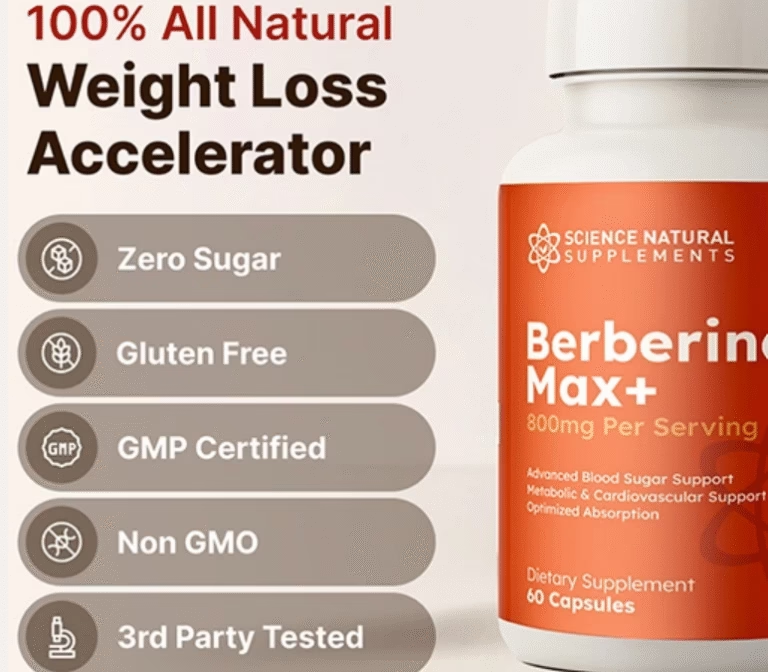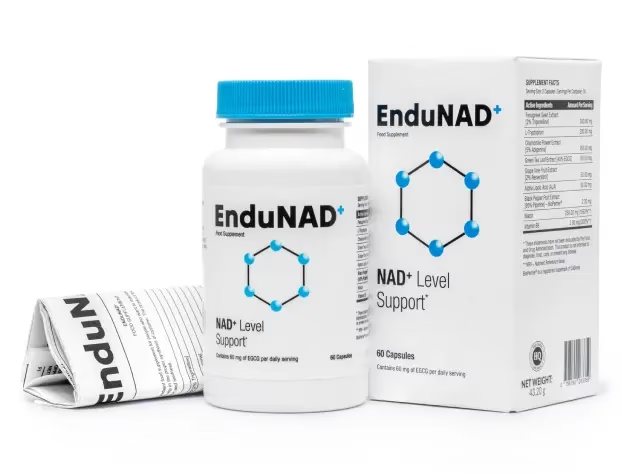
Introduction
In today’s fast-paced world, where sedentary lifestyles and processed foods dominate, achieving and maintaining a healthy weight can feel like an uphill battle. Regular exercise is not just about burning calories—it’s about improving your metabolism, muscle mass, strength, flexibility, and mental health.
With global obesity rates continuing to rise, understanding how exercise impacts weight loss and overall fitness has never been more important. From explosive HIIT workouts to calming yet powerful yoga sessions, there is no “one-size-fits-all” workout. Instead, a balanced blend of different movements offers the best pathway toward sustainable fat loss and peak health.
Why Exercise is Essential for Weight Loss
Weight loss happens when your body burns more calories than it consumes—a concept known as a calorie deficit. Exercise accelerates this process by:
- Increasing energy expenditure
- Boosting metabolism (especially with strength training)
- Preserving lean muscle mass during fat loss
- Improving insulin sensitivity and hormonal balance
But not all workouts deliver the same results. A strategic mix of cardio, resistance training, and flexibility exercises can help you reach your goals faster and more safely.
The Science Behind Exercise and Fat Loss
When you engage in physical activity, your muscle fibers use stored carbohydrates (glycogen) and fats for energy. Different exercises use these energy systems differently:
- High-intensity exercises burn more glycogen but elevate metabolism for hours afterward (afterburn effect).
- Low to moderate-intensity workouts burn a higher percentage of fat during the activity itself.
This is why combining training styles—rather than relying on one form—produces better results.
Best Exercises for Fast & Sustainable Weight Loss
1. High-Intensity Interval Training (HIIT)
HIIT alternates short bursts of maximum-effort exercise with brief periods of rest or low-intensity movement.
Benefits:
- Burns a large number of calories in less time.
- Continues calorie burning for hours post-workout (EPOC effect).
- Improves cardiovascular fitness and endurance.
Examples:
- Sprint Intervals: 30 seconds sprint, 60 seconds walk × 10 rounds.
- Tabata Circuits: 20 seconds work, 10 seconds rest × 8 moves.
- Cycling Sprints: 40 seconds max effort, 20 seconds slow pace × 15 minutes.
2. Strength Training
Lifting weights or using resistance bands builds muscle mass, which raises your resting metabolic rate—helping you burn calories even while resting.
Key advantages:
- Preserves muscle during weight loss.
- Shapes and tones the body.
- Improves joint strength and posture.
Best strength training moves for fat loss:
- Squats
- Deadlifts
- Bench Press
- Overhead Press
- Rows & Pull-ups
Tip: Aim for 3–4 sessions per week, gradually increasing weight and intensity (progressive overload).
3. Cardiovascular Exercise
Also known as aerobic exercise, cardio improves heart and lung health while burning calories.
Forms of effective cardio:
- Running/Jogging – Great for calorie burn, endurance.
- Cycling – Low-impact, leg strength boost.
- Swimming – Full-body workout, great for joint health.
- Rowing – Upper & lower body engagement with high calorie burn.
Mix steady-state cardio (longer, moderate intensity) with interval cardio for best results.
4. Yoga for Weight Loss & Flexibility
While yoga may not compete with HIIT for calorie burn, it offers indirect benefits critical for sustainable weight loss:
- Reduces stress & cortisol levels (high cortisol = fat storage).
- Improves flexibility & mobility.
- Enhances mindfulness, reducing emotional eating.
Dynamic yoga forms like:
- Power Yoga
- Vinyasa Flow
can increase calorie expenditure.
5. Functional Training
Functional workouts simulate real-life movements for better body mechanics.
Examples:
- Kettlebell swings
- Battle ropes
- Medicine ball slams
- Burpees & box jumps
Benefits:
- Builds total-body strength.
- Improves coordination and endurance.
- Engages multiple muscle groups at once for efficient calorie burn.
The Role of Consistency and Progression
One-off efforts won’t deliver lasting results. Instead:
- Train at least 3–5 times per week.
- Gradually increase intensity, volume, or duration (progressive overload).
- Track workouts using fitness apps or journals.
Balancing Exercise with Nutrition
You can’t out-train a poor diet.
Nutrition tips for weight loss success:
- Focus on lean proteins: chicken, fish, eggs, legumes.
- Eat plenty of vegetables & whole grains for fiber.
- Include healthy fats (avocado, nuts, olive oil) for satiety.
- Stay hydrated—aim for 2–3 liters of water daily.
Biggest Exercise & Weight Loss Mistakes
- Overtraining → burnout & injuries.
- Skipping recovery → slower progress, fatigue.
- Only doing cardio → leads to muscle loss.
- Setting unrealistic expectations → avoid quick-fix mentalities.
The Psychological Benefits of Exercise
Weight loss isn’t just physical—it’s mental.
Regular exercise:
- Boosts mood via endorphin release.
- Reduces stress, anxiety & depression symptoms.
- Improves self-esteem & confidence.
Yoga, jogging, and group workouts also provide social and emotional connections, which help with motivation.
Finding the Right Gym or Home Routine
- Gym Training Benefits: Equipment variety, trainers, and structured environment.
- Home Training Benefits: Convenience, cost-effectiveness, flexibility.
The best workout plan is the one you can stick to long-term.
Conclusion
The role of exercise in weight loss and fitness is undeniable. Combining HIIT, strength training, cardio, yoga, and functional movements—alongside a balanced diet—can help you achieve rapid yet sustainable results.
Remember, there’s no shortcut: consistency + smart training + proper nutrition = lasting transformation.
Your journey starts today. Lace up those shoes, grab your mat or dumbbells—and start moving toward a healthier, stronger, and leaner you.
Health Review Latest – Your go-to destination for expert health tips, unbiased product reviews, fitness guides, and nutrition advice to help you live a healthier, happier life.




